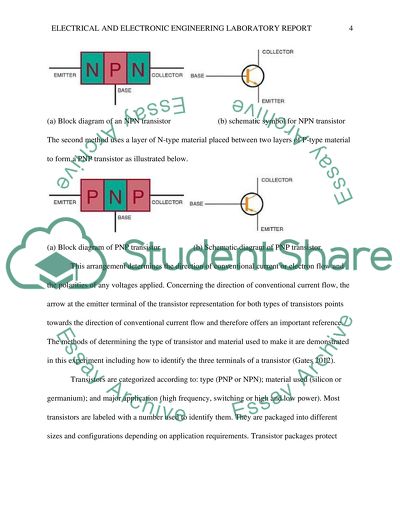Cite this document
(“Electrical and Electronic Engineering laboratory logbook and report Essay”, n.d.)
Retrieved de https://studentshare.org/engineering-and-construction/1495779-electrical-and-electronic-engineering-laboratory-logbook-and-report
Retrieved de https://studentshare.org/engineering-and-construction/1495779-electrical-and-electronic-engineering-laboratory-logbook-and-report
(Electrical and Electronic Engineering Laboratory Logbook and Report Essay)
https://studentshare.org/engineering-and-construction/1495779-electrical-and-electronic-engineering-laboratory-logbook-and-report.
https://studentshare.org/engineering-and-construction/1495779-electrical-and-electronic-engineering-laboratory-logbook-and-report.
“Electrical and Electronic Engineering Laboratory Logbook and Report Essay”, n.d. https://studentshare.org/engineering-and-construction/1495779-electrical-and-electronic-engineering-laboratory-logbook-and-report.


